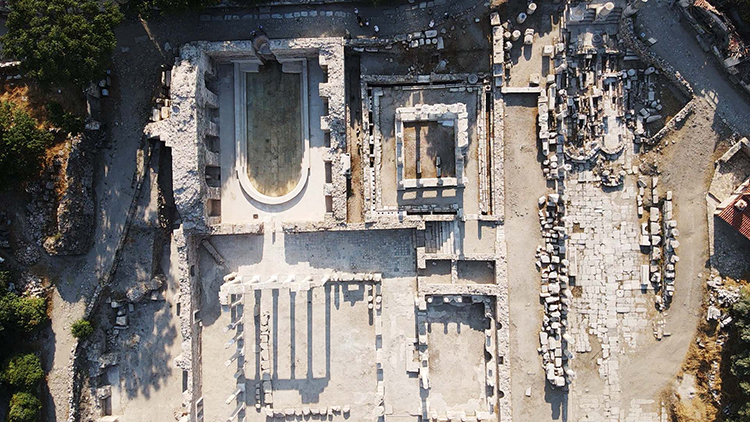
Water Flows Again After 1,900 Years in the Roman Bath of the “City of Gladiators” Stratonikeia
In a scene that revived the grandeur of antiquity, water has flowed once more into the Roman bath of Stratonikeia — known as the “City of Gladiators” — after 1,900 years. Following meticulous excavation and restoration works, the pool was refilled using its original water channel, offering visitors a rare glimpse into the engineering of the ancient world. The site, one of the largest marble cities in the world, is listed on UNESCO’s Tentative World Heritage List.
Reviving an Ancient Landmark
Professor Bilal Söğüt, head of the Stratonikeia and Lagina Excavations, said the project was carried out under the Heritage for the Future initiative. “We have completed the excavation and conservation works in the Roman bath and released water into the pool through the same channel used in antiquity,” he noted. “Now visitors can see exactly how these structures functioned in the Roman period.”
The pool is for viewing only and closed to bathing, with the aim of preserving the structure while demonstrating ancient hydraulic systems.
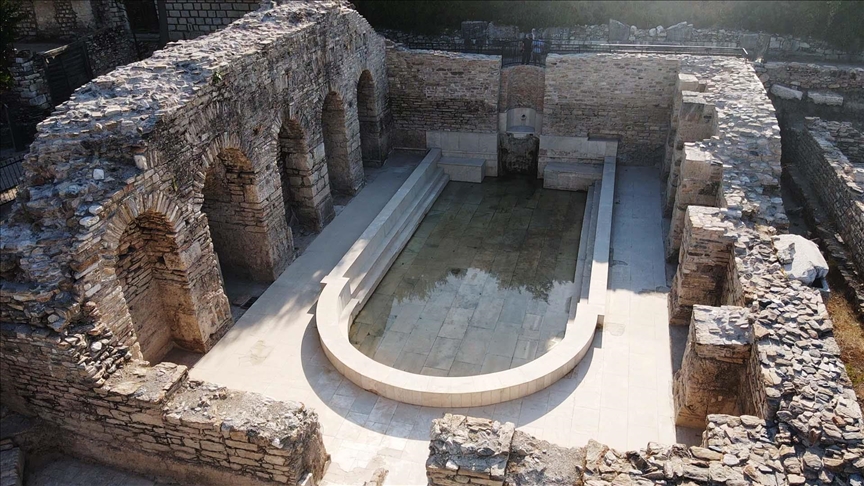
A City of Many Layers
Located in the Yatağan district of Muğla province, Stratonikeia was founded in the 3rd century BCE by Seleucid King Antiochus I Soter and named after his wife, Stratonike. The city boasts a continuous settlement history spanning the Hellenistic, Roman, Byzantine, Menteşe Beylik, Ottoman, and Republican periods — a rare urban fabric that blends multiple civilizations in one place.
📣 Our WhatsApp channel is now LIVE! Stay up-to-date with the latest news and updates, just click here to follow us on WhatsApp and never miss a thing!!
According to UNESCO, Stratonikeia is not only famous for its gladiator schools but also for its massive gymnasium, temples dedicated to Zeus and Hecate, and its remarkably preserved bouleuterion (assembly building). Excavations have also uncovered a rare Roman-era library and intricate mosaics.
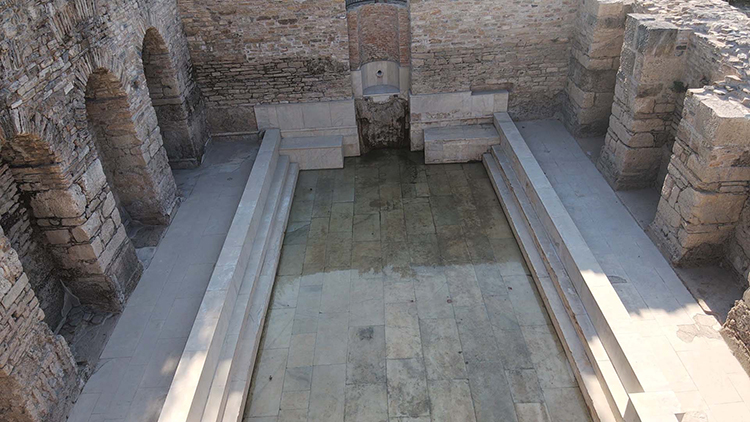
Gladiators in the Historical Record
Inscriptions found on-site provide detailed accounts of gladiators who fought in Stratonikeia — including their names, victories, and the dates of their deaths. These epigraphic records shed light on the city’s vibrant public life and its significance in the Roman entertainment network.
A Living Museum
Today, Stratonikeia is more than just an archaeological site; it is a “living museum” where functional restorations bring history to life. The return of water to the Roman baths stands as a powerful symbol of that approach, offering visitors a sensory connection to a city that once echoed with the clash of gladiator swords.
You may also like
- A 1700-year-old statue of Pan unearthed during the excavations at Polyeuktos in İstanbul
- The granary was found in the ancient city of Sebaste, founded by the first Roman emperor Augustus
- Donalar Kale Kapı Rock Tomb or Donalar Rock Tomb
- Theater emerges as works continue in ancient city of Perinthos
- Urartian King Argishti’s bronze shield revealed the name of an unknown country
- The religious center of Lycia, the ancient city of Letoon
- Who were the Luwians?
- A new study brings a fresh perspective on the Anatolian origin of the Indo-European languages
- Perhaps the oldest thermal treatment center in the world, which has been in continuous use for 2000 years -Basilica Therma Roman Bath or King’s Daughter-
- The largest synagogue of the ancient world, located in the ancient city of Sardis, is being restored

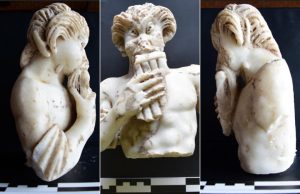
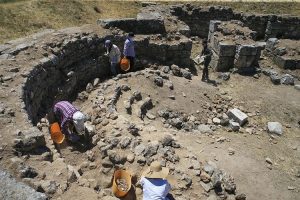
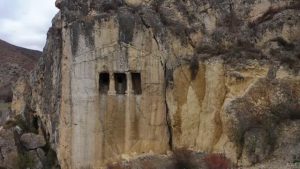
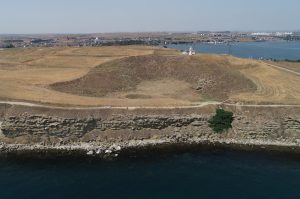
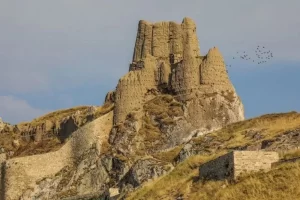
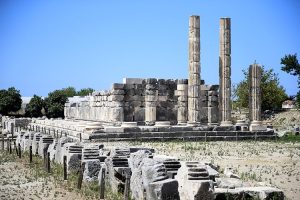


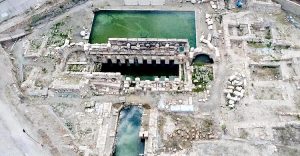
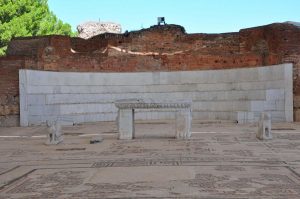
Leave a Reply